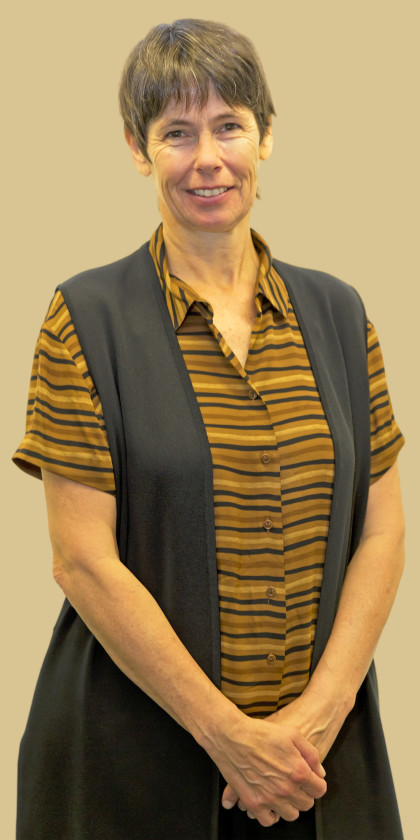Sun Q&A: Sonoma Restorative Justice volunteer Martina Lutz Schneider
 Under the Sun: Sonoma Restorative Justice volunteer Martina Lutz Schneider
Under the Sun: Sonoma Restorative Justice volunteer Martina Lutz Schneider
It’s a long journey from a farm outside of Hamburg to Sonoma.
Tell us when and how you came to Sonoma.
I moved to Sonoma in 2000. We had two young sons and bought a house here to raise them in this community. My sons attended local schools.
I know that arriving in Sonoma came after many years of amazingly varied experiences of study, travel and work.
I acted in improvisational theater, worked as a clown, trained as a pediatric oncology nurse and massage therapist, and lived, studied, and practiced in Buddhist communities. I have brought together the creativity of theater with depth involvement with others and working on myself.
What sparked your interest in Restorative Justice?
As a European, I was shocked at the punitive treatment of those in trouble. I began studying Non-Violent Communication and then studied the work of Dominic Barter, an Englishman, and his ideas about Restorative Justice.
What is Restorative Justice?
Restorative Justice offers an alternative to disciplinary processes, including treatment of criminals. In schools and in our criminal system, violation of social rules focuses on assigning blame and punishing the “offender”. Restorative processes focus on who has been harmed and how. Offenders are expected to accept full responsibility for the harm they caused. Victims speak about the effect of the harm on their lives. Then attention is paid to “putting things right”, which focuses on what those harmed need, may it be restitution or dialogue.
Isn’t this letting offenders off the hook?
Quite the contrary. An involved offender must be willing to admit in detail what they have done. To take full responsibility for the harm caused, not just to the victim but to their own friends and families, and to the community, in a person-to-person setting, is an intense process that involves courageous emotional work on the part of everyone involved.
How do victims respond to this approach?
Those harmed participate only if they wish to. There is, for those them, also a period of intense preparation. Victims often feel dismissed by the existing system. Restorative Justice offers healing, more understanding of what happened, information of value to them, and, sometimes, closure and forgiveness.
Your primary Restorative Justice work currently is at San Quentin prison with the Victim Offender Education Group. What value can incarcerated men receive from this process?
The short answer is that they work for 12-24 months in racially balanced, offender groups run by 2 community volunteers and 2 volunteers from the prison population who have completed the program. The men delve deep into their past and confront issues of trauma, abuse, shame, guilt, and accountability for their crime. Meeting with actual victims of crime completes the program. The program emphasizes, “hurt people hurt –healed people heal” . The program reduces the likelihood of recidivism or continued violence.
Can you give me an example?
Yes, One man, a “lifer” with several children had had no contact with them before the program. Now he speaks to them almost every day. He has helped his family reverse a multi-generational “cycle of violence”.
Where can we learn more about Restorative Resources and Justice?
In Santa Rosa (school-based and juvenile justice programs) contact Restorative Resources at 707-542-4244. San Quentin’s programs are described at www.insightprisonproject.org.
— Interview by Norma Barnett



